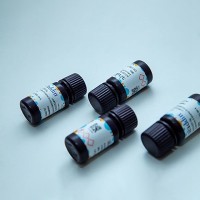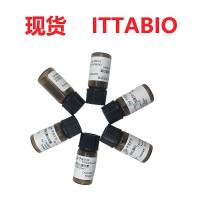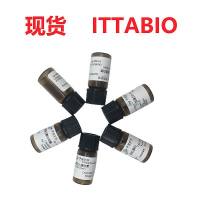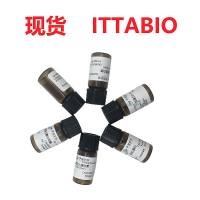大孔吸附树脂吸附分离理论新进展
互联网
近日,由中国科学院兰州化学物理研究所中科院西北特色植物资源化学重点实验室邸多隆研究员带领的课题组,在大孔吸附树脂对天然产物中黄酮类化合物选择性吸附机理研究方面取得新进展。
大孔吸附树脂对芦丁的吸附等温线
该研究以苯乙烯—二乙烯基苯系大孔吸附树脂为研究对象,通过研究大孔吸附树脂对芦丁的吸附行为,发现其吸附行为更适合于Brunauer提出的第四种模型。研究结果验证了大孔吸附树脂的吸附依其吸附过程依次存在着大孔、中孔和小孔三个阶段的假设,并发现在每两个阶段的交替过程会出现毛细管效应。进一步的研究表明,大孔吸附树脂吸附作用力主要源于其内壁作用位点上的剩余价键力,剩余价键力的诱导作用随传递层数的增加而快速衰减,在传递过三层后基本消失。该研究结果对大孔吸附树脂吸附分离理论的更深入研究具有一定的意义。
该项工作得到了国家自然科学基金,中科院“百人计划”项目的基金资助。
点击此处下载原文
Study on the Adsorption Feature of Rutin Aqueous Solution on Macroporous
Adsorption Resins
Zhenbin Chen 1,2,3, Anjie Zhang 2,3, Jie Li 2,3, Fang Dong 2,3, Duolong Di1 and Youzhi Wu 2,3
1 Chinese Academy of Sciences.
2 State Key Laboratory of Gansu Advanced Non-ferrous Metal Materials, Lanzhou University of Technology.
3 School of Material Science and Engineering, Lanzhou University of Technology.
Key Laboratory of Chemistry of Northwestern Plant Resources and Key Laboratory for Natural Medicine of Gansu Province, Lanzhou Institute of Chemical Physics, Chinese Academy of Sciences, Lanzhou, 730000 Gansu, China, State Key Laboratory of Gansu Advanced Non-ferrous Metal Materials, Lanzhou University of Technology, Lanzhou, 730050 Gansu, China, and School of Material Science and Engineering, Lanzhou University of Technology, Lanzhou, 730050 Gansu, China.
【Abstract】The adsorption feature of different kinds of polystyrene-based macroporous adsorption resins (MARs) was investigated systemically at constant temperature employing Rutin as the adsorbate. Different from traditional adsorption patterns, Langmuir and Freundlich adsorption, and the results showed interesting aspects: (1) With the increase of the volume of the initial solution, the adsorption capacity increased to the maximum, and then decreased gradually. (2) Experimental results clearly verified the opinion that the adsorption process of MARs could be divided into three stages—macropores, mesopores, and micropores—by the capillary effects occurring at the two intersections, and the adsorption feature for every stage could be described well by the fourth type of Brunauer model. (3) The model that the inductive effect transmitted to the first layer could not interpret our experimental results reasonably. Thus, the model that the inductive effect passed on to a higher layer was proposed by investigating regression of the experimental results and the conclusion that the inductive effect transmitted to the third layer was drawn.








